Navigating the world of book printing can be a daunting task for authors, especially when confronted with a barrage of printing and publishing jargon. Understanding the terminology is crucial for making informed decisions about the printing process and ensuring your vision translates seamlessly onto the page. Let’s take a look at some commonly used terms.
Print on Demand (POD)
“Print on Demand” is a publishing model where books are printed in response to customer orders. It reduces excess inventory, costs, and waste, offering flexibility for independent authors.
Ragged Left/Right
“Ragged left” or “ragged right” refers to text alignment where one side of the text block is uneven. It’s a deliberate stylistic choice and can add character to the layout.
Running Header/Footer
A “running header/footer” is text that appears consistently at the top (header) or bottom (footer) of each page, typically displaying book titles, chapter names, or page numbers.
Running Title
A “running title” is a header that appears consistently at the top of each page, indicating the book’s title or chapter name.
Saddle-Stitching
“Saddle-stitching” is a binding method where the folded pages are stapled together through the spine. This is commonly used for booklets, brochures, or shorter publications.
Signature
In bookbinding, a “signature” is a group of pages printed together on a single sheet. Signatures are folded, bound, and trimmed to create the structure of the book.
Spine Width
The “spine width” is the measure of the book’s thickness when viewed from the side. It’s crucial for cover design and ensures accurate printing.
Spot Color
A “spot color” involves using specific pre-mixed ink colors rather than the CMYK process. It ensures accurate color reproduction for brand logos or specific design elements.
Subtitle
A “subtitle” provides additional context or information to complement the main title. It aids readers in understanding the book’s content.
Text Block
The “text block” is the main body of text within the book, excluding elements like headers, footers, or margins. Proper formatting ensures a cohesive and readable presentation.
Trade Paperback
A “trade paperback” is a standard-sized paperback book commonly found in bookstores. It’s a versatile format suitable for various genres.
Trim Size
The “trim size” is the final dimensions of your book after it has been printed and trimmed. Choosing the right trim size is a critical decision that influences the book’s aesthetics and reader experience. Common trim sizes include 5.5″ x 8.5″ for novels and 8.5″ x 11″ for larger format books.
Varnish
“Varnish” is a clear coating applied to the book cover for protection or enhancement. It can add a glossy or matte finish and improve resistance to scuffs and scratches.
Verso and Recto
“Verso” refers to the left-hand page of an open book, while “recto” is the right-hand page. Understanding these terms is crucial for arranging content and maintaining a logical flow.
Widow and Orphan
In typography, a “widow” is a single word or short line that appears alone at the top of a page or column, while an “orphan” is a single word or short line appearing alone at the bottom. Adjusting text or spacing helps avoid these visual disruptions. Please refer to this article from Opus Design for more information.
At Presto Page, we’re here to support you every step of the way. Whether you need assistance with self-publishing, design services, or simply explanations of more printing and publishing jargon, we’re your partners in success. Contact us today to see what we can do for you!

